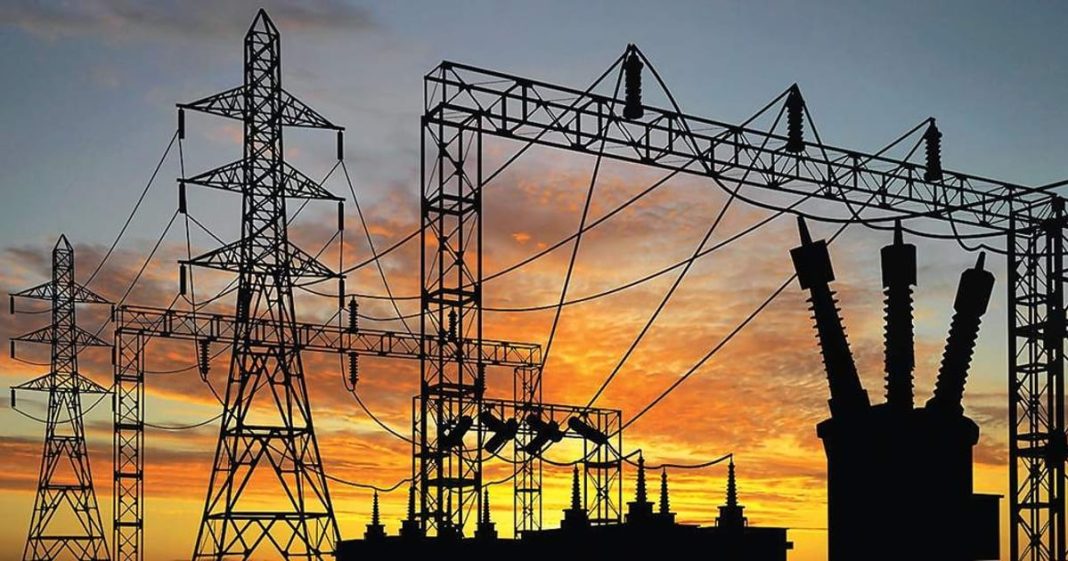The ongoing free electricity scheme offering up to 300 units has significantly increased both domestic electricity consumption and the resulting subsidy expenditures for the Punjab State Power Corporation Limited (PSPCL). This surge has raised concerns about the financial stability of the corporation. Since the scheme’s introduction in 2022, PSPCL has recorded an influx of domestic electricity connections, with an impressive increase of 80,000 new accounts.
Prior to the scheme’s launch, PSPCL sanctioned 5.5 lakh new domestic connections between 2020 and 2022. However, this figure jumped to 6.27 lakh connections from 2022 to 2024, demonstrating a substantial rise in consumer reliance on subsidized power. The average annual addition of new connections hovered around 2.2 lakh, but with the introduction of the free electricity initiative, those numbers surged to 3.65 lakh in the 2022-23 period, followed by 2.63 lakh in 2023-24. Notably, approximately one lakh of these new connections have been categorized as “split connections,” a move perceived as a strategy to maximize the benefits derived from the 300-unit subsidy.
When the scheme initially rolled out, a recorded 63 lakh out of a total of 74.6 lakh consumers were utilizing less than 300 units of electricity per month. This number has since escalated, with the proportion of domestic consumers receiving zero bills swelling from 67.53 percent in August 2022 to an astonishing 89 percent by the conclusion of the 2022-23 fiscal year. As per PSPCL data, domestic power usage soared to 17,510 million units during the 2022-23 financial year.
Simultaneously, the state government is grappling with its own fiscal difficulties, which hampers its capacity to fulfill the power subsidy obligations to PSPCL. As of November 13, the government had disbursed only Rs 4,508.2 crore of the total subsidy owed for free domestic power, which amounts to a staggering Rs 20,477 crore. This leaves an outstanding amount of Rs 11,401.26 crore yet to be paid. Moreover, in the current month alone, the government has supplemented its subsidy payments with a grant-in-aid of Rs 2,387 crore, alongside a subsidy of Rs 200 crore to the corporation.
The state’s financial burden concerning domestic electricity subsidies is projected to reach Rs 8,785 crore, indicating an increase of Rs 1,550 crore compared to the previous financial year. This mounting financial pressure raises critical questions about the sustainability of the free electricity initiative and its broader implications for energy regulation and governance in Punjab. With policy decisions regarding bulk electricity supply—accounting for significant consumption by entities such as the Border Security Force (BSF), Indian Railways, the Central Public Works Department (CPWD), and other central government agencies—ultimately resting at the higher echelons of government, stakeholders are closely monitoring the situation as it unfolds.





